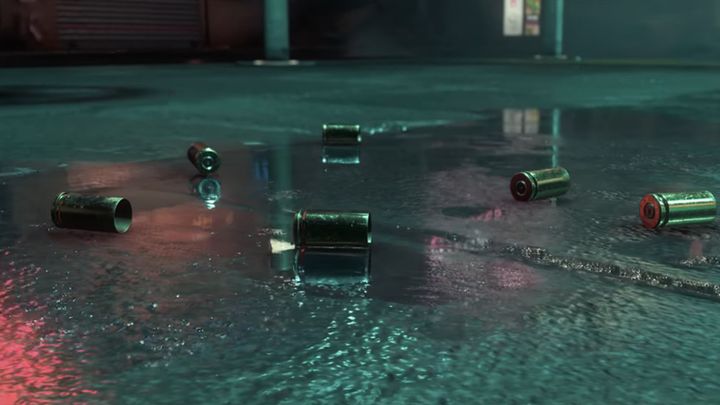Nvidia Believes it Made Ray-tracing in PS5 and Xbox Scarlett Possible
Jen-Hsun „Jensen” Huang, CEO of Nvidia, said in a press interview that the handling of ray-tracing in next-generation consoles is indirectly due to his company.
1

In a recent earnings call, Nvidia CEO Jen-Hsun "Jensen" Huang said that equipping PlayStation 5 and Xbox Scarlett's with GPUs that support hardware-based ray-tracing was thanks to his company, despite the fact that the development of chipsets was the responsibility of AMD. In his opinion, Sony and Microsoft's move was a reaction to the emergence of the Nvidia GeForce RTX series of GPU.
"I would say that at this point, I think it's fairly clear that ray tracing is the future and that RTX is a home run. Just about every major game developer has signed on to ray tracing. Even the next-generation consoles had to stutter step and include ray tracing in their next-generation consoles. The effects, the photorealistic look is just so compelling, it's not possible to really go back anymore," said Huang.
While it is easy to consider the words of the head of Nvidia as boastful, it is impossible to deny him some facts. It was his company that first launched the consumer GPU with hardware-accelerated ray-tracing. It is also true that it was only after the announcement of GeForce RTX that the technology began to be seriously discussed in the context of video game graphics. If it weren't for Turing GPU, ray-tracing would probably not have aroused interest in Sony and Microsoft.
Starting from the end of next year, ray-tracing is likely to be used on a massive scale - in addition to ninth-generation consoles, it will also be used on new AMD GPUs. The option will probably become a permanent feature of new games' details settings and, to a large extent, it is certainly thanks to the very consistent promotion of this technology by Nvidia.
1
Latest News
- End of remote work and 60 hours a week. Demo of Naughty Dog's new game was born amid a crunch atmosphere
- She's the new Lara Croft, but she still lives in fear. Trauma after Perfect Dark changed the actress' approach to the industry
- „A lot has become lost in translation.” Swen Vincke suggests that the scandal surrounding Divinity is a big misunderstanding
- Stuck in development limbo for years, ARK 2 is now planned for 2028
- Few people know about it, but it's an RPG mixing Dark Souls and NieR that has received excellent reviews on Steam, and its first DLC will be released soon

